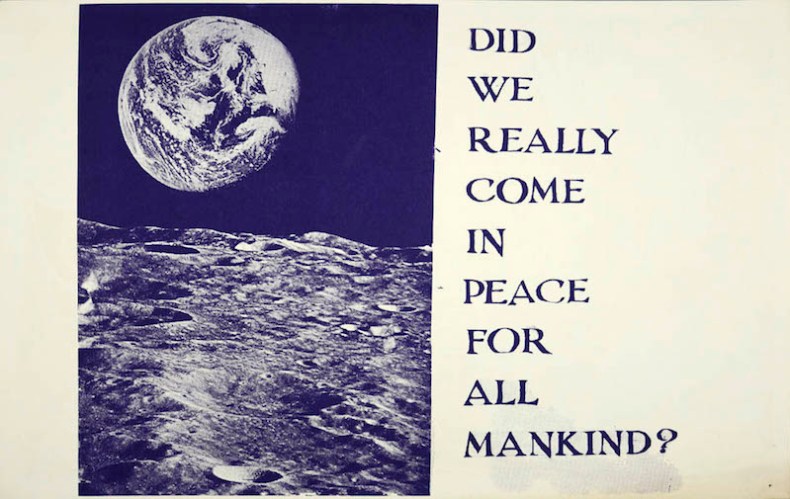When Robert F. Kennedy visited California in October 1967, he made a point of praising the most radical university in America. ‘You are the first college to become a political issue since George III attacked Harvard for being a centre of political rebellion and subversion,’ he told the students of Berkeley. ‘I welcome the passionate concern with the condition and future of the American nation which can be found on this campus.’
Modern student protest – that’s direct action, mass participation and slogans that stung like adverts – was invented at Berkeley. It began with the Free Speech Movement of 1964, which saw Berkeley students rise up for their right to have a political voice, and they were still at it in May 1970, marching against America’s bombing of Cambodia and the murder of four fellow students during a protest at Kent State by Ohio National Guardsmen. Berkeley sympathised – a student had died in the previous year’s People’s Park riot – and students carried posters hastily created by the Political Poster Workshop at the College of Environmental Design. Around 50 of these, previously in the collection of the late publisher Felix Dennis, are going on display in London for ‘America In Revolt: The Art Of Protest’ at Shapero Modern.
Largely forgotten by students of counterculture rebellion, these posters have a violent energy that reflects the climate in which they were made. America was at war in Asia, while at home Richard Nixon and Ronald Reagan were squeezing the anti-war movement with every weapon in their armoury. ‘All of it began the first time some of you who know better and are are old enough to know better let young people think they had the right to choose the laws they would obey as long they are doing it in the name of social protest,’ Reagan had said after People’s Park. His rebuke could have been aimed at Robert Kennedy, were he not also dead, assassinated in an LA hotel kitchen in 1968.

The posters bristle with anger and exigency. Some are printed on computer paper – you can still see the perforated strips down the side – others on the backs of calendars. One, ‘End the ugly plastic war’ is ingeniously vacuum stamped on plastic. The silk-screening process has left smudges and blemishes that add to the sense of urgency, as if these have been ripped from the machine before the ink could dry. The art and slogans are often aggressive and very American. Several feature a subversion of the stars and stripes: in one image, the stars are bombers, the stripes are rifles; in another the flag is accompanied by the slogan ‘Peace is patriotic.’ Sometimes the artwork resembles psychedelic rock posters; others draw on somewhat naïve Southeast Asian imagery, referencing Vietnamese and Cambodian farmers. One of the most striking shows the earth from the recently conquered moon, asking ‘Did we really come in peace for all mankind?’
Their simplicity and crudeness makes an interesting contrast to the generally more sophisticated posters produced in Paris in 1968, as well as the agonies of identity politics on campuses today. As in Paris, the artists worked anonymously, although several are signed ‘4973’ as the students believed that this was an official flyposting number, and with it the posters would not be torn down by police. It is believed that as many as 50,000 were produced in around 650 designs. That they should be forgotten is no real surprise: in the wake of Kent State, America’s student body revolted. Within a week, guardsmen were on 21 campuses and 488 universities were closed. There were riots in New Mexico, Austin, Cleveland, Kentucky, Wisconsin, Cincinnati, and throughout Ohio. In San Diego, a student died after setting himself on fire. ‘They figure they might just as well die here for something they believe in as to die in Vietnam,’ one observer commented. In New York, a banner proclaimed ‘They can’t kill us all.’ Berkeley, the protest pioneer, was now one among many.
‘America In Revolt: The Art Of Protest’ runs from 3–27 February at Shapero Modern, London.














![Masterpiece [Re]discovery 2022. Photo: Ben Fisher Photography, courtesy of Masterpiece London](http://zephr.apollo-magazine.com/wp-content/uploads/2022/07/MPL2022_4263.jpg)
Suzanne Valadon’s shifting gaze